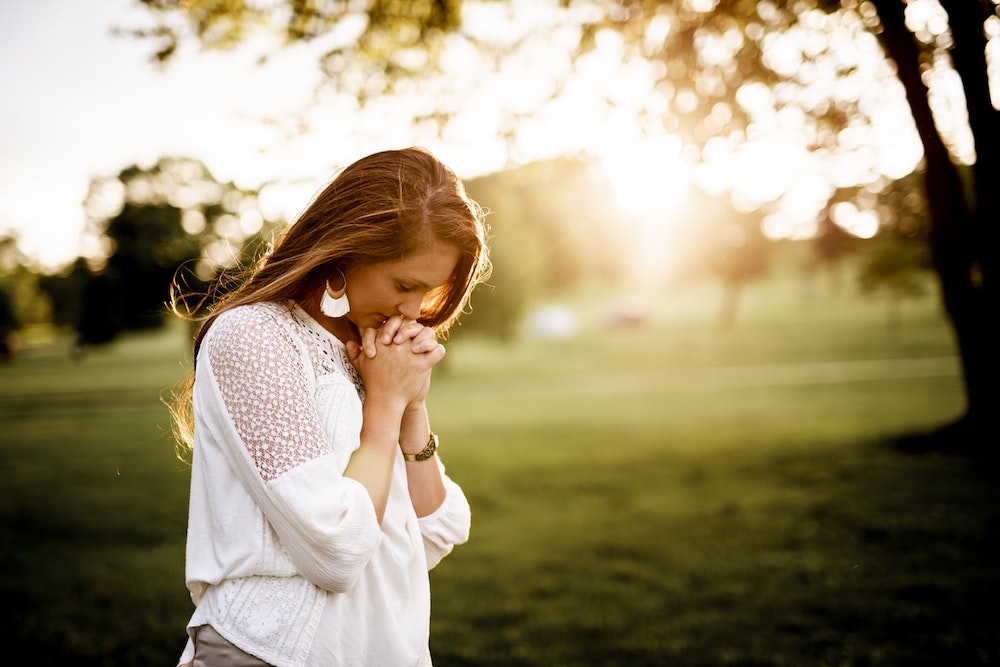Grief is a universal human experience that is largely misunderstood and often confused with depressive disorders. Because grieving and depressed persons share many symptoms and experiences, it is challenging for non-professionals to determine whether someone is working through an uncomplicated grief process, or if they’re experiencing a depressive episode. It is important to evaluate symptoms and ask, “Is it depression or grief?”
When a grieving person doesn’t receive the comfort and assistance they need to move through their grieving process, they are at risk of falling into a depressive episode. Depression is a disease that requires treatment to improve. Unchecked depression can result in lasting damages.
If you’re observing your own symptoms or the behavior of a loved one after a loss and asking yourself, “Is it depression or grief?” Hospice of South Louisiana is here to share our insight into their differences.
Defining Grief
A World Psychiatry study defined grief as the emotional, cognitive, functional, and behavioral responses to the death of a loved one. While grief is used to describe a person’s response to a loss, that response will manifest uniquely in each case. Subsequently, Hospice of South Louisiana refers to grieving that isn’t complicated by a depressive disorder as “uncomplicated grief” rather than “normal grief”.
The length and severity of grief cannot be standardized because grief is not a state; it is a process. Most peoples’ grieving is like a pendulum, swaying forward and back as they attempt to move forward with their lives while grappling with the reality of their loss.
While the grieving process includes many steps, it can be broadly categorized into two stages.
Stage 1: Acute Grief
Acute grief immediately follows a loss. It is the extremely painful process of experiencing life without a loved one.
Stage 2: Integrated Grief
Integrated grief is achieved when a person accepts the reality of their loss and begins to move forward with their life–establishing a new normal. They still experience sadness and nostalgia, but these feelings do not define their daily experience.
A study published in Psychol Aging determined that a grieving person who achieves a high frequency of positive feelings six months after losing their loved one shows a high likelihood of resilience and long-term readjustment.
However, approximately 10% of grieving people are unable to transition from acute to integrated grief. This group leaves the grieving process and enters a depressive state.
Defining Depression
Unlike grief, which is a nonlinear process people move through, depression is an altered brain state. While this alteration is treatable, it requires intervention. There are two main types of depression.
Situational Depression
Medical News Today defined situational depression as an “adjustment disorder with depressed mood”. It usually improves over time, and its symptoms are eased when the affected person discusses their experiences.
Situational depression’s symptoms onset within 90 days of a major transition or traumatic event such as the loss of loved one. Situational depression resolves once the person is able to accept their altered situation and find a new normal.
While grieving the loss of a loved one, it can be challenging to truly accept that they are no longer with you. If a person’s struggle to achieve acceptance persists, they enter a situationally depressed state.
Clinical Depression
Those with long persisting situational depression following a loss are at risk of developing clinical depression. Clinical depression, also known as major depressive disorder, is a severe mental health disease and the leading cause of disability in the U.S.
Dysregulation of brain chemicals is the primary cause of clinical depression. Ongoing situational depressive episodes are catalysts for dysregulation. The altered chemical state depression creates corrodes the brain when left untreated. If someone’s grieving process has shifted into a depressive episode, they must receive treatment before their symptoms progress.
Spotting the Signs
There are many similarities between the experiences of grieving and depressed persons. Both will endure:
- Fatigue
- Intense Sadness
- Disrupted sleep cycles
- Changes in appetite
- Loss of concentration
- Loss of pleasure
The key difference between a person working through the grieving process and one who has settled into a depressed state is in their relationship to the outside world. A grieving person periodically experiences pleasure, remains connected to their network of friends and family, and performs the required tasks to rebuild their life. In contrast, a depressed person is divorced from pleasure, isolates themselves from their connections, and loses the ability to perform their daily tasks.
Expert Grief Management and Clinical Depression Prevention
Because the indicators of depression and grief overlap, it is vital for a grieving person to have their deep sadness addressed. Without expert care, many attempt to mask their symptoms. However, understanding the root of the problem is the only way to provide a solution. It takes specialized training and years of experience to accurately determine a grieving person’s mental and emotional state. Hospice of South Louisiana provides expert grief counselors who are able to properly diagnose and assist with grief and depression symptoms.
If you or someone you care about is struggling with the grieving process and may be depressed, contact us today. Hospice of South Louisiana’s grief counseling offers effective relief before symptoms progress.

